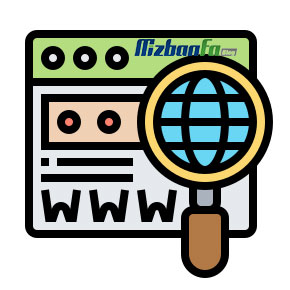Management of canonical website pages
Canonical pages are one of the important topics that should be paid special attention to in website management. Because Google is very sensitive to duplicate content and tries to prevent the display of duplicate content as much as possible, for this reason, he tried to provide a suitable solution to solve the problems related to duplicate content. But what is the canonical tag? What is the relationship between canonical pages and canonical tags? The answer to these questions is the topic we intend to address in this article from the Fa host knowledge base. In addition to managing the canonical website.
The topics that will be discussed in this article are as follows:
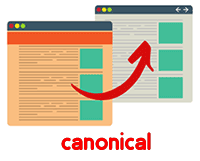
- Create canonical pages on the website
- Why should we specify our canonical pages?
- What is a canonical tag?
- What is the role of canonical tags in SEO?
- What are the best ways to create canonical tags?
- Canonical tag or 301 redirect
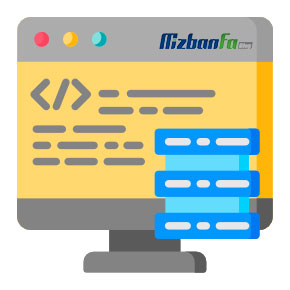 Create canonical pages on the website
Create canonical pages on the website
The canonical page can be considered the original version of similar pages. By placing a small tag on a page, Google search engines can specify which page to consider as the main page and crawl and index it. Sometimes, a certain page on the website may be available through several URLs, or there may be different pages with similar content. For example, we can mention the display of a page in the mobile version and its desktop version. Google considers all these versions as duplicate content. In this case, you must specify this issue manually by adding a canonical tag in the link of the page that you think is the original version.
In this way, the desired page is crawled by Google and finally indexed, and other pages are considered as canonical versions. But if you don’t do this yourself, by default, Google considers a page as a canonical page and indexes it. But what should be noted is that the page selected by Google may not be the original canonical page. It is even possible that Google considers them to be the same pages and cannot choose the canonical page. In this case, your website may suffer from SEO problems. For this reason, you should be careful about these pages and their proper management.
Why should we specify our canonical pages?
As mentioned earlier, the canonical page is the page that Google thinks shows your website’s desired content more than other duplicate pages. Note that the pages do not need to be the same. Because applying minor changes to pages cannot make Google consider them unique pages.
For example, many pages are created based on price or based on, color scheme, or any other feature. This causes the website to have duplicate pages that, if not managed properly, can lead to negative results for you. For this reason, there is a lot of emphasis on managing these pages and determining the canonical page. The canonical tag was mentioned earlier. Let’s discuss it a bit.
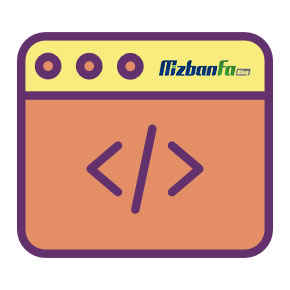 What is a canonical tag?
What is a canonical tag?
The canonical tag, also known as “rel canonical,” is a way to tell search engines that a specific URL is the original version of a set of duplicate pages. Using this tag, you will no longer face problems related to duplicating or copying content. A canonical tag can easily tell search engines which versions of similar content you want to crawl and index to display in search results.
Let us give you an example to make it clearer. The home page of your website may be accessible in the following ways:
- http://www.yourdomain.com
- https://www. yourdomain.com
- http://yourdomain.com
- And…
The page that an Internet user finally sees is a shared page, the main page. But search engines consider one of these URLs as a unique page. Because the changes applied to them are very minor and small. Now, if you don’t use the canonical tag to show Google which of these pages should be indexed as the main page, you have created duplicate content, and Google is seriously against such an event. Except for the above example, other similar pages should also be assigned.
What is the role of canonical tags in SEO?
Google does not like duplicate content at all. This issue also becomes more complicated when choosing one of these duplicate contents as the canonical page is supposed to be chosen. Why so:
- They should choose one of these pages and index it. But the fact that this content belongs exactly to the main page of your website is an important issue.
- In addition to choosing the canonical page, search engines must also rank other pages.
- They should also decide whether to have link equity on one page or split it into multiple copies.
- In addition, having duplicate content can affect the ” crawling budget ” as well. What is meant by this term is that Google does not waste its time by crawling multiple versions of a specific page. Search engines prefer to devote their time to checking other important content on your website instead of checking a bunch of duplicate content.
- Using the canonical tag, Google is told that a version of these pages should be crawled and indexed, and displayed in Google search results. In addition, they will better understand the link-building of your website pages.
Fix Google Webmaster errors
What are the best ways to create canonical tags?
Duplicate content is a very sensitive issue. For this reason, it is better to be careful when using the canonical tag. When you plan to specify your canonical page, you should consider the following issues:
- Canonical tags can be references themselves.
- Specify the canonical version of the home page of your website.
- Check the canonical tags of your website.
- Avoid sending different signals for the same page.
- Be careful about choosing the canonical page of closed versions.
- Set a canonical page for duplicate content on your websites.
1. Canonical tags can be references themselves
There is no problem with a canonical tag in a link pointing to the same URL. In other words, suppose that Y, X, and Z links are duplicates of a page, and page X is the main page. You can also put a tag in the URL of the X page.
2. Specify the canonical version of the home page of your website
Considering that internet users search the home page of a website in different ways, it is better to choose your home page as the canonical version and introduce the rest as duplicate pages with the canonical tag.
3. Check the canonical tags of your website
Sometimes the wrong use of a code causes a website to place a different canonical tag for each version of the URL of the page in question. For this reason, be sure to check the URLs of duplicate content.
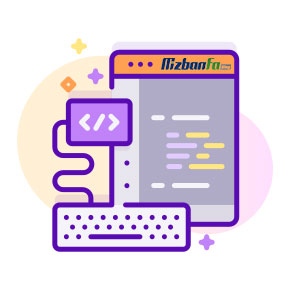 4. Avoid sending different signals for the same page
4. Avoid sending different signals for the same page
If you send different signals, search engines may not be able to recognize the canonical page or may misinterpret it. In other words, if there are two duplicate pages, X and Y, and you have chosen page X as canonical, do not choose page Y with another tag.
5. Be cautious about choosing the canonical page of closed versions
When the topic of canonical pages comes up, people assume it means pages with the same content. It is possible to set a canonical page for content very close to each other. But you have to be a little cautious in this regard.
It is usually possible to use the canonical tag for pages that are created according to features such as location, product features, or the like. Remember that if the pages you consider duplicates of the same page are too different, search engines may ignore that tag.
6. Determine the canonical page for duplicate content of your websites
If you have two separate websites with duplicate content, you can use the canonical tag for them. For example, if you are a publishing company that waits for the same content on a large number of websites daily, the canonical tag can maintain the ranking power of your main website










